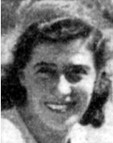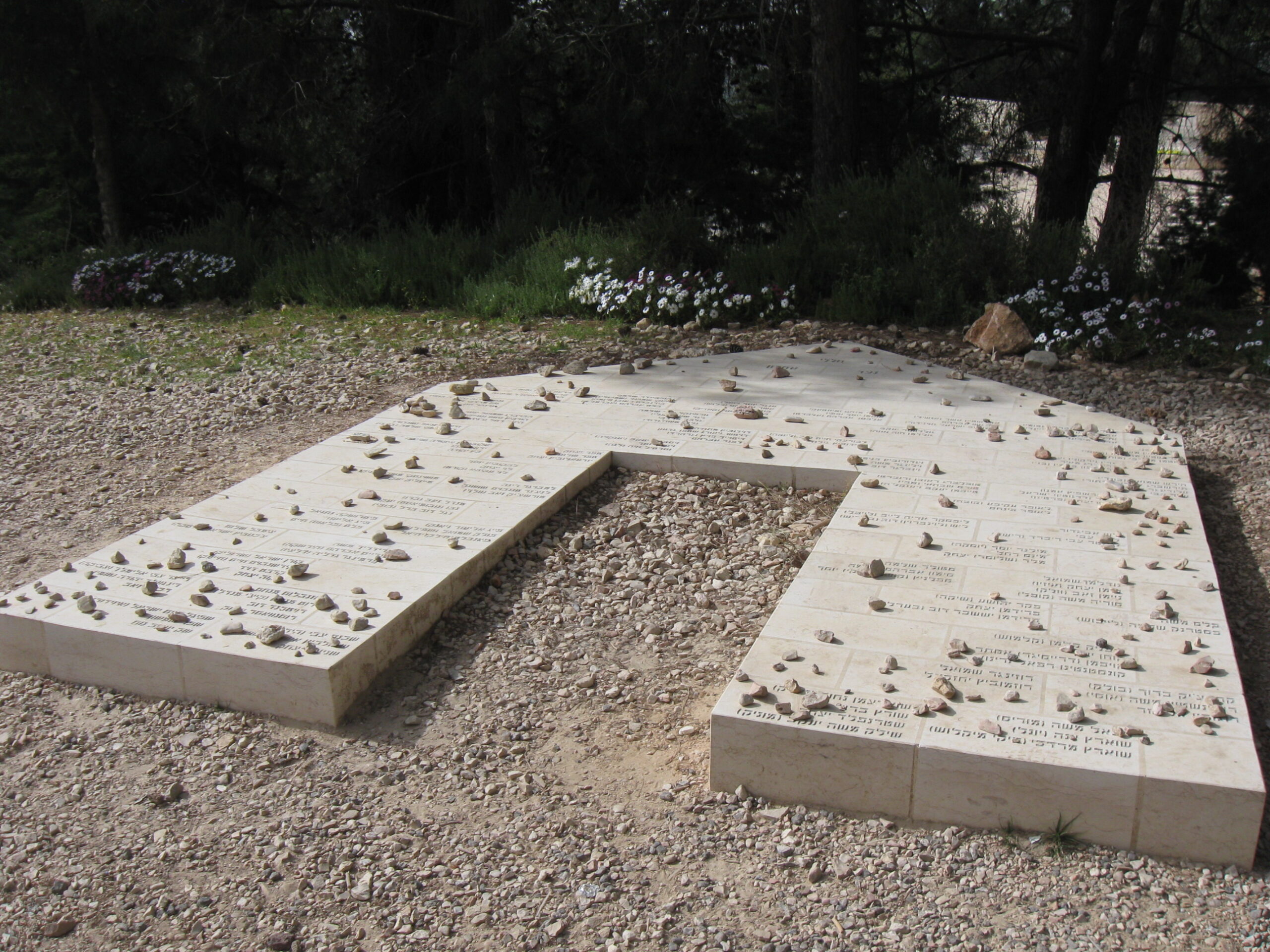On Thursday the 13th of May 1948, the day before Israel declared its independence, seven brave women fell defending the village of Kfar Etzion. They were Holocaust survivors, and they were the sole survivors of their families. They were Last of Kin.
The previous morning, Wednesday the 12th, only two days before the declaration of the Jewish State and the end of the British Mandate, the Arab League had attacked the four Jewish villages in Gush Etzion. By the end of that day the Gush was split in two, and hardly any ammunition was left in any of the villages.
On Thursday, the Jewish villages fell one by one. Kfar Etzion was the last one standing. The Jewish men and women of the village were outnumbered and outgunned. By nightfall, the last radio communication went out: “The Queen has fallen, Kfar Etzion fell in the battle.” Of the brave men and women defending Kfar Etzion, only four survived the battle.
 Out of 127 Jewish men and women who died defending Gush Etzion, ten were Last of Kin, the sole survivors of their families from the Holocaust: three men and seven women. One of these women was Ester Drisiger Koyfman. Ester was twenty-four years old when she died.
Out of 127 Jewish men and women who died defending Gush Etzion, ten were Last of Kin, the sole survivors of their families from the Holocaust: three men and seven women. One of these women was Ester Drisiger Koyfman. Ester was twenty-four years old when she died.
Ester’s life and death are a microcosm of the journey that many Jews had to take from the quiet pre-war world through the camps and the hardships and suffering of the Holocaust, from having to create one’s own new path after the war through the struggle to reach the promised land, culminating in their willingness to lay down their lives to defend the right of Jews to live in that land. Today, on the eve of Israel’s 76th Day of Independence, I would like to share her story with you.
Ester was born on the 6th of November 1923 in Mielec, Poland to Bluma and Moshe Drisinger. At the age of six, she was sent to live with her aunt and uncle, the Hershkovitz family, in Uściszów. Although Ester’s aunt and uncle were Hasidic, she went to a Polish school. Once she completed her studies she worked with her uncle.
When the Nazis came to Uściszów, Ester was deported to Chrzanów labor camp in upper Silesia. Through the months and years of the war, she was transferred from camp to camp. Upon her liberation, Ester discovered that she was the last of her kin – no one else from her entire family had survived. Her parents and aunt and uncle were all sent to the camp that was established right next to their village of Uściszów: the Auschwitz complex.
Ester found herself alone in the world. She found community in the Ichud kibbutz training group in Ostrowiec and decided she wanted to make her way to Israel. Together with the Ichud, she moved to the American-controlled zone of Germany. They made their way to Bergen Belsen, now a Displaced Persons (DP) camp.
Ester and her friends did not plan to stay at the DP camp for long, though. It was merely a stop on their way to the land of Israel. They planned to cross the border to Belgium but had no legal papers to allow them to cross. When they tried to sneak across the border, Ester and her comrades were caught and sentenced to several months at the Hamburg prison. Once again, this group of Holocaust Survivors found themselves imprisoned.
Upon their release they moved to Landsberg DP camp. In the spring of 1946, they made their way to Italy. In Italy, Ester parted ways with Ichud. She chose instead to join the Ayala group, part of the religious Zionist Bnei Akiva movement.
On the 2nd of August 1946, Ester and her Ayala comrades boarded the ship Operation Boatswain (כ”ג יורדי הסירה) organized by the Mossad Le’Aliyah Bet who were attempting to bring immigrants into the land of Israel illegally. The ship set sail with 790 Jewish Holocaust refugees.
After several rough months at sea, as the ship reached the waters near Cyprus, a British Air patrol discovered them. The patrol called for naval reinforcement to stop the ship from entering the waters of Israel. The British Navy seized the ship and towed it to the Port of Haifa in Israel. The refuges on board were informed they would be deported to a detention camp in Cyprus. The refugees, Ester among them, went on a hunger strike in protest, but it was of no use. They were forcibly taken off the ship and transferred to Cyprus. For a second time after the Holocaust, Ester was imprisoned.
In early 1947, Ester was released and permitted to enter the land of Israel. She joined Kfar Etzion, the first settlement in Gush Etzion. Ester integrated well into the life in the village. In December 1947, she married Zalman Koyfman, a resident of Kfar Etzion.
Settled village life was not to last, however. According to the UN partition decision of 29 November 1947, Gush Etzion was not to be part of the Jewish state that was about to be established. Within days, the surrounding Arab villages launched attacks on the Gush and blocked the access roads between the Gush and Jerusalem. Gush Etzion was under siege.
Like all the adult members in Gush Etzion, Ester served as part of the Etzion Battalion in the Haganah (which would later become the IDF). She participated in the guarding of the village during the siege. On the 12th of May 1947, the Arab Legion, led by the Jordanian army, launched their attack on the Gush.
Ester was among the fighters responsible for providing first aid. On the second day of the attack, Ester and her comrades sheltered in a German monastery in the village. The Legion’s forces had entered the village but could not extract Ester and her comrades from the shelter. They blew up the entire monastery, killing all the people sheltering there.
The following day, on the 14th of May 1948, the State of Israel declared its independence, and the British Mandate ended.
The bodies of all the fallen remained in their place of death, in the Gush that was occupied by the Jordanians. In a special military operation in 1949, their remains were brought to Jerusalem and laid to rest in a joint grave on Mount Herzel.
Ester may have been the Last of her Kin, but we will ensure that she will not be forgotten.

0 Comments